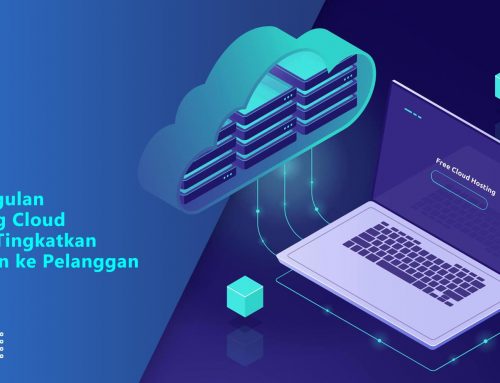Edge computing is a distributed computing paradigm which brings computation and data storage closer to the location where it is needed, to improve response times and save bandwidth.
The origins of edge computing lie in content delivery networks that were created in the late 1990s to serve web and video content from edge servers that were deployed close to users.
In the early 2000s, these networks evolved to host applications and application components at the edge servers, resulting in the first commercial edge computing services that hosted applications such as dealer locators, shopping carts, real-time data aggregators, and ad insertion engines.
Modern edge computing significantly extends this approach through virtualization technology that make it easier to deploy and run a wider range of applications on the edge servers.

Edge computing is transforming the way data is being handled, processed, and delivered from millions of devices around the world. The explosive growth of internet connected devices the IoT along with new applications that require real time computing power, continues to drive edge computing systems.
Edge computing was developed due to the exponential growth of IoT devices, which connect to the internet for either receiving information from the cloud or delivering data back to the cloud.
Why Does Edge Computing Matter
For many companies, the cost savings alone can be a driver towards deploying an edge computing architecture. Companies that embraced the cloud for many of their applications may have discovered that the costs in bandwidth were higher than they expected.
Increasingly, though, the biggest benefit of edge computing is the ability to process and store data faster, enabling for more efficient real time applications that are critical to companies. Before edge computing, a smartphone scanning a person’s face for facial recognition would need to run the facial recognition algorithm through a cloud-based service, which would take a lot of time to process. With an edge computing model, the algorithm could run locally on an edge server or gateway, or even on the smartphone itself, given the increasing power of smartphones. Applications such as virtual and augmented reality, self-driving cars, smart cities and even building automation systems require fast processing and response.






Leave A Comment